#1918
Text

A Belgian refugee family in a British horse-drawn wagon. Courtrai, 18 October 1918. British soldier holding one of their children.
#World War One#The Great War#1918#1917#1916#1914#first world war#history#historical#historical photos#world history#canadian history#military history#british army#Indian History#war#military#somme#Battle of the Somme#france#belgium#the western front#vimy ridge#Battle of Vimy Ridge
58 notes
·
View notes
Text
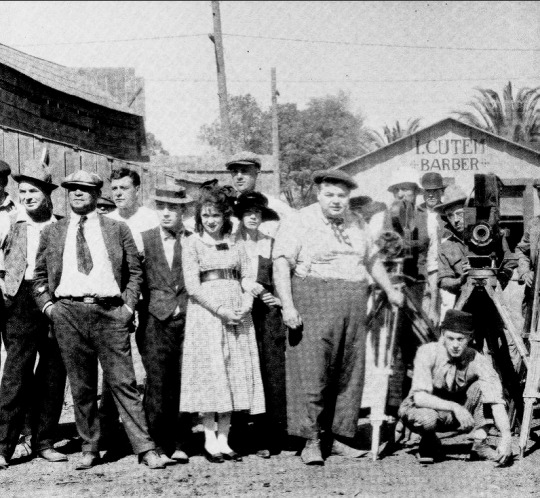
Joe Keaton, Lou Anger, Buster Keaton, Alice Lake, Natalie Talmadge, Roscoe Arbuckle, and Al St. John during the filming of, A Country Hero.
#buster keaton#1930s#1910s#1920s#1920s hollywood#silent film#silent comedy#silent cinema#silent era#silent movies#pre code#pre code hollywood#pre code film#pre code era#pre code movies#damfino#damfinos#vintage hollywood#black and white#buster edit#old hollywood#slapstick#joe keaton#lou anger#alice lake#natalie talmadge#Roscoe Arbuckle#Al St John#A Country Hero#1918
23 notes
·
View notes
Text

A tiger for a bed. The sandman's forest. 1918.
Internet Archive
#book cover#covers#interspecies friendship#safety#peace#tiger#nature illustration#nemfrog#1918#1910s#snuggling#1k
6K notes
·
View notes
Text
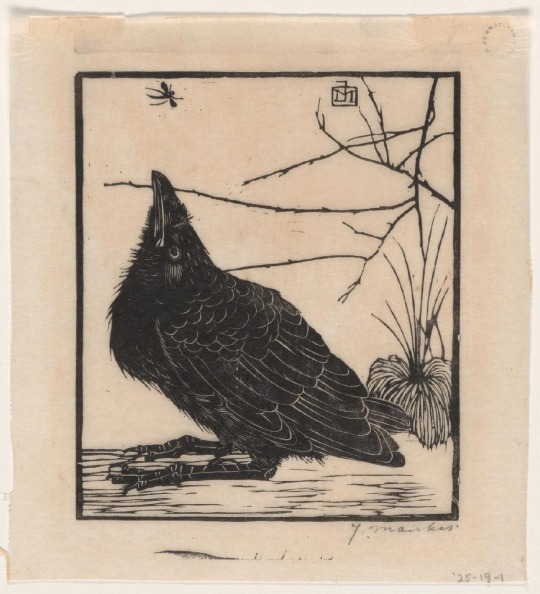
A Crow Watching a Mosquito
Jan Mankes
Woodcut, 1918
3K notes
·
View notes
Text

— February 24, 1918 / Franz Kafka diaries
1K notes
·
View notes
Text

Pharmacist Lunsford Richardson made Vicks a household name throughout the nation, but his popular product did not do the same for him.
Even in his native North Carolina, where his most celebrated of chemical concoctions has been right under our stuffy noses and on our congested chests for generations, the mention of Richardson’s name elicits blank stares from all but those who study and cherish history.
Richardson’s salve, Vicks VapoRub, helped the world breathe easier during the devastating influenza pandemic of 1918 and during the countless colds and flus of our childhoods, yet most of us couldn’t pick Lunsford Richardson out of a one-man police lineup, much less a who’s who of medical pioneers.
Why didn’t Richardson — by all accounts a creative inventor and smart businessman — ever become as famous as those vapors packed into the familiar squat blue jar?
Because his name wouldn’t fit on the jar.
That’s one version of the story. According to company and family lore, Richardson initially dubbed his promising new product Richardson’s Croup and Pneumonia Cure Salve. Realizing that this name didn’t exactly roll off the tongue nor fit when printed on a small medicine jar, Richardson changed the name to honor his brother-in-law, Dr. Joshua Vick. Another account suggests the inventive druggist plucked the name from a seed catalog he’d been perusing that listed the Vick Seed Co.
The truth may never be known. What is known, though, is that Lunsford Richardson created a medicinal marvel for the ages, the likes of which may never be equaled.
Croupy beginnings
A Johnston County native born in 1854, Richardson loved chemistry and hoped to study it at Davidson College. The college’s chemistry program at the time wasn’t as strong as he’d hoped it would be, so he studied Latin instead, graduating with honors in three years. He returned to Johnston County and taught school, but it wasn’t long before the young man’s love of chemistry got the best of him. In 1880, he moved to Selma to work with his physician brother-in-law, Dr. Vick. It was not uncommon in those days for doctors to dispense drugs themselves, but Vick was so busy seeing patients that he teamed up with Richardson, allowing him to handle the pharmacy duties for him. Richardson relied on his knowledge of Latin to help him learn the chemical compounds required to become a pharmacist, and that’s when he began to experiment with recipes for the product that would become Vicks VapoRub.
It wasn’t until Richardson moved to his wife’s hometown of Greensboro in 1890 that his magical salve and other products he created began to take off.
“He was a man of great intellect and talent,” says Linda Evans, community historian for the Greensboro Historical Museum, which has an exhibit devoted to Richardson and Vicks.
“Druggists at the time fashioned their own remedies a lot, and he created a number of remedies, in addition to his magic salve, that he sold under the name of Vick’s Family Remedies. He was obviously a man of such creativity.”
In Greensboro, working out of a downtown drugstore he purchased (where he once employed a teenaged William Sydney Porter, the future short story writer O. Henry), Richardson patented some 21 medicines. The wide variety of pills, liquids, ointments, and assorted other medicinal concoctions included the likes of Vick’s Chill Tonic, Vick’s Turtle Oil Liniment, Vick’s Little Liver Pills and Little Laxative Pills, Vick’s Tar Heel Sarsaparilla, Vick’s Yellow Pine Tar Cough Syrup, and Vick’s Grippe Knockers (aimed at knocking out la grippe, an old-timey phrase for the flu).
These products sold with varying degrees of success, but the best seller in the lineup of Richardson’s remedies was Vick’s Magic Croup Salve, which he introduced in 1894. And by all accounts, necessity was the key to its success.
“He had what they referred to as a croupy baby — a baby with a lot of coughing and congestion,” explains Richardson’s great-grandson, Britt Preyer of Greensboro. “So as a pharmacist, he began experimenting with menthols from Japan and some other ingredients, and he came up with this salve that really worked. That’s how it all started.”
Another version of the story suggests that all three of the Richardson children caught bad colds at the same time, and Richardson, dissatisfied with the traditional treatment of the day, which included poultices and a vapor lamp, spent hours at his pharmacy developing his own treatment.
Richardson’s salve — a strong-smelling ointment combining menthol, camphor, oil of eucalyptus, and several other oils, blended in a base of petroleum jelly — was a chest-soothing, cough-suppressing, head-clearing sensation. When the salve was rubbed on the patient’s chest, his or her body heat vaporized the menthol, releasing a wave of soothing, medicated vapors that the patient breathed directly into the lungs.
Vicks in the mailbox
In 1911, Richardson’s son Smith, by now a successful salesman for his father’s company, recommended discontinuing all of the company’s products except for Vick’s Magic Croup Salve. He believed the salve could sell even better if the company stopped investing time and money in the other, less successful remedies. He also suggested renaming the salve Vicks VapoRub, according to the company’s history timeline, to “help dramatize the product’s performance.” Richardson agreed, and a century later, the name’s still the same.
Meanwhile, Richardson intensified his marketing efforts by providing free goods to druggists who placed large orders and publishing coupons for free samples in newspapers. He also advertised on billboards and sent promotional mailings to post office boxes, addressed to Boxholder rather than the individual’s name, thus earning him the distinction of being the father of junk mail.
In 1925, Vicks even published a children’s book to help promote the product. The book told the story of two elves, Blix and Blee, who rescued a frazzled mother whose sick child refused to take nasty-tasting medicines. Their solution, of course, was the salve known as Vicks VapoRub.
Expanding and experimenting
As successful as the marketing campaign was, nothing sold Vicks VapoRub like the deadly Spanish flu outbreak that ravaged the nation in 1918 and 1919, killing hundreds of thousands of Americans. Loyal Vicks customers and new customers stocked up on the medicine to stave off or fight the disease.
According to the company’s history timeline, VapoRub sales skyrocketed from $900,000 to $2.9 million in a single year because of the pandemic. The Vicks plant in Greensboro operated around the clock, and salesmen were pulled off the road to help at the manufacturing facility in an effort to keep up with demand.
As the flu spread across the nation, Richardson grew ill with pneumonia in 1919 and died. Smith took over the company. Vicks continued to grow, buying other companies until Procter & Gamble bought it in the 1980s. Through the years, Vicks continued adding new products to its arsenal of cold remedies: cough drops, nose drops, inhalers, cough syrup, nasal spray, Formula 44, NyQuil. And whatever success those products attained, they got there standing on the broad shoulders of Richardson.
Richardson will never be a household name, but his salve has held that status for more than a century — and may do so for the next hundred years. And for Richardson, were he still around, that ought to be enough to clear his head.
A cure-all salve
Vicks users have claimed the salve can cure and heal many maladies. Even though Vicks doesn’t say the salve works for these problems, people still believe.
Toenail fungus: Rub the salve on your toenails, cover with socks, and sleep your fungus problems away.
Cough: For a similar fix to a nagging cough, some believe rubbing Vicks on the soles of your feet can fix the problem.
Dandruff: Rub Vicks directly on the scalp, and your flakes may just disappear.
Chapped lips: Petroleum jelly is one of the ingredients in Vicks, and some say the ointment can help heal cracked lips.
Mosquito bites: If you smooth Vicks on the red bumps on your legs and arms, it can supposedly take the itch right out.
Warts: Dab Vicks on the wart, cover with duct tape, and it may fall off in a few days.
Greensboro Historical Museum
130 Summit Avenue
Greensboro, N.C. 27401
(336) 373-2043
greensborohistory.org
See historical Vicks VapoRub bottles and learn about Lunsford Richardson.
#VICKS#Vicks vapo rub#Lunsford Richardson#Vicks VapoRub#spanish american flu#Spanish flu outbreak#1918#1919#pneumonia#Black Inventors
517 notes
·
View notes
Text

WW1 FDA Rations, 1918
220 notes
·
View notes
Text

British troops cautiously make their way through an unknown ruined town - France, Aug 1918
219 notes
·
View notes
Text
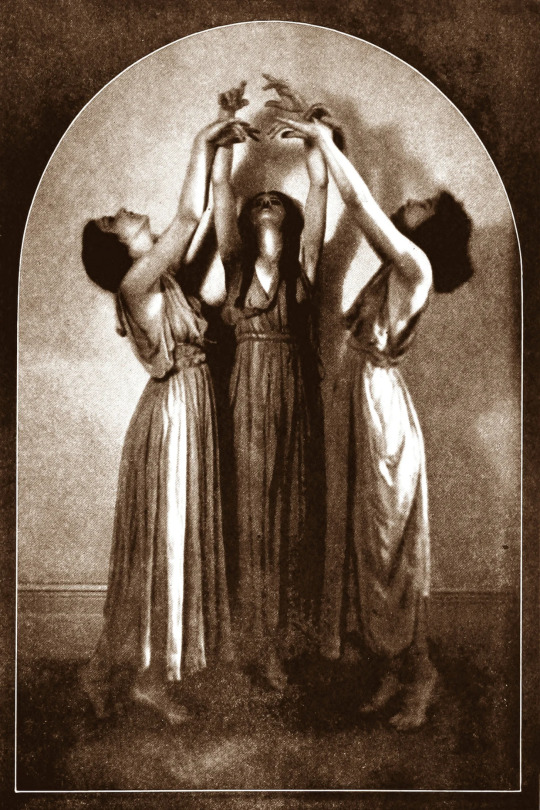
Helen Moller - Three Witches Dancing, 1918
1K notes
·
View notes
Text
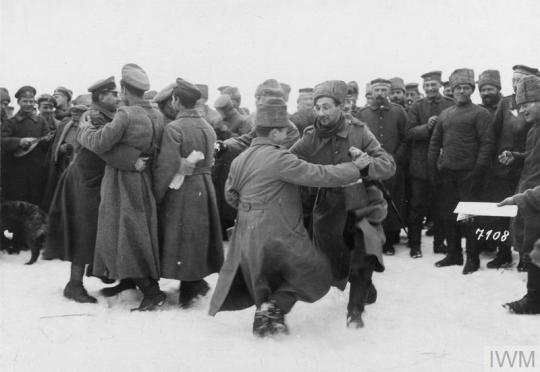
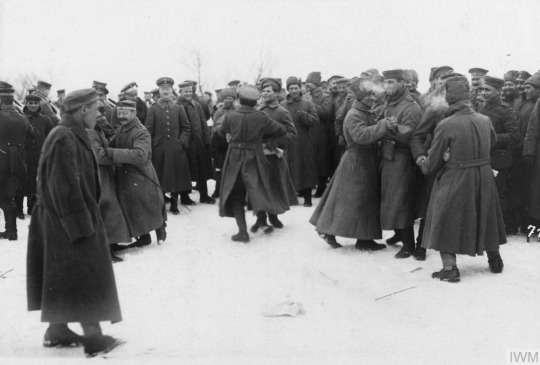

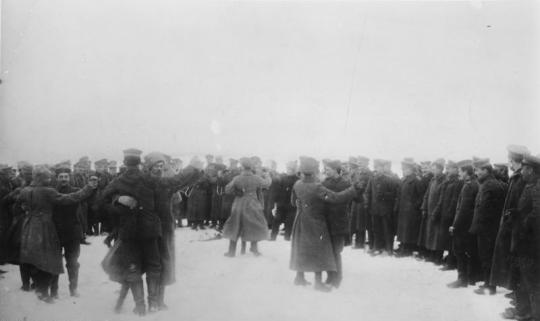
Russians and Germans soldiers dancing together at the time of the peace negotiations at Brest-Litovsk (1918)
Source
#WWI#1918#history#moments of humanity in war#soldiers fraternising#Seeing these photos moved me so much that I wanted to share them here
564 notes
·
View notes
Text

Vimy Ridge from the Loos Arras Road. This gives an idea of the importance of Vimy Ridge seen on the horizon and its consequent importance to the holders. Taken from within the German lines. 1918
#World War One#The Great War#1918#1917#1916#1914#first world war#history#historical#historical photos#world history#canadian history#military history#british army#Indian History#war#military#somme#Battle of the Somme#france#belgium#the western front#vimy ridge#Battle of Vimy Ridge
23 notes
·
View notes
Text

Buster Keaton ❥
Happy New Years ☺️
#buster keaton#1918#1930s#1910s#1920s#1920s hollywood#silent film#silent comedy#silent cinema#silent era#silent movies#pre code#pre code hollywood#pre code film#pre code era#pre code movies#damfino#damfinos#vintage hollywood#black and white#buster edit#old hollywood#slapstick#Happy New Year#2024 new years
329 notes
·
View notes
Text

The wonderful bush rose. Dingee guide to rose culture. 1918. Catalog back cover, detail.
Internet Archive
#yellow roses#flowers#garden catalog#floral#cover#covers#nature photography#color photography#nemfrog#1918#1910s
590 notes
·
View notes
Text

Untitled
Shima Seien
1918
1K notes
·
View notes
Text

— February 23, 1918 / The Blue Octavo Notebooks
205 notes
·
View notes
Text

Fooduary Day 5: Turtle Candy
Turtle candy was invented in 1918. I was inspired by the exterior branding of the candy box for the dress so I could use some recognizable colors, and I was super sneaky by hiding some turtle candies in her design with the buttons. ;D
I am the artist! Do not post without permission & credit! Thank you! Come visit me over on: instagram, tiktok or check out my coloring book available now \ („• ֊ •„) /
https://linktr.ee/ellen.artistic
#fooduary#art challenge#historical fashion#ellenart#lnart#character design#digital illustration#historically inspired#fooduary2024#turtle candy#1918#1910s fashion
185 notes
·
View notes